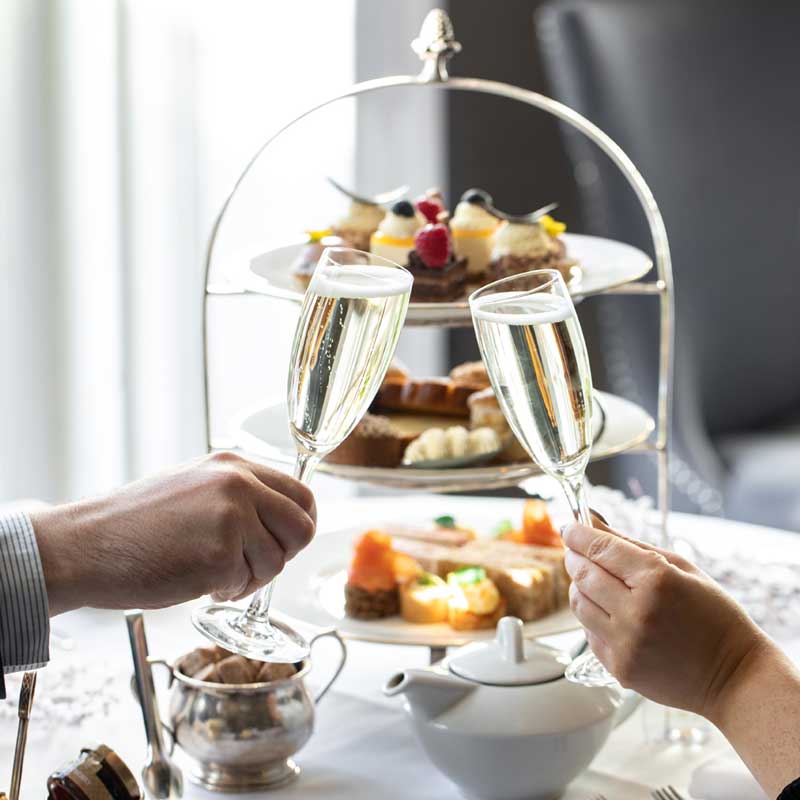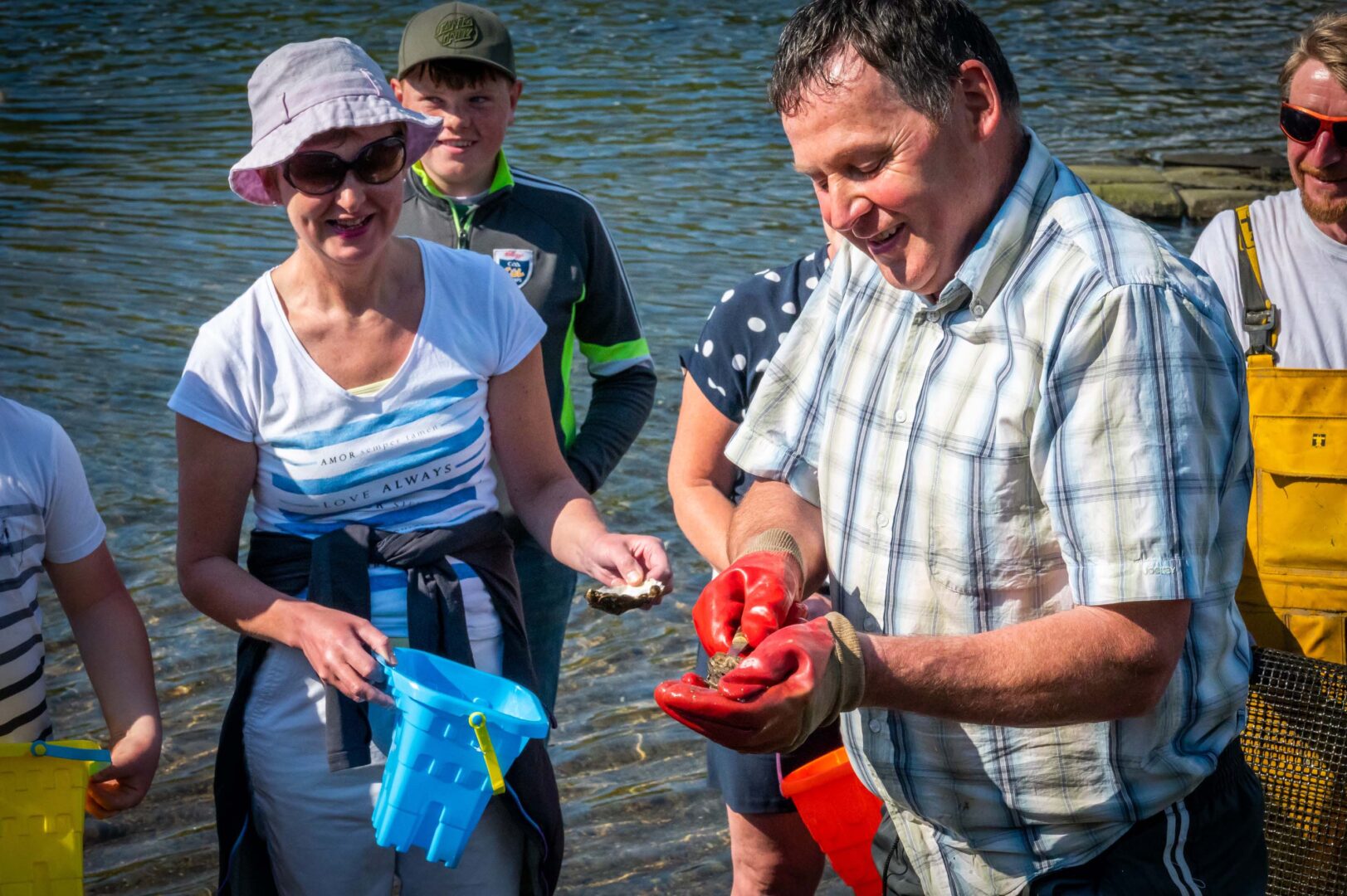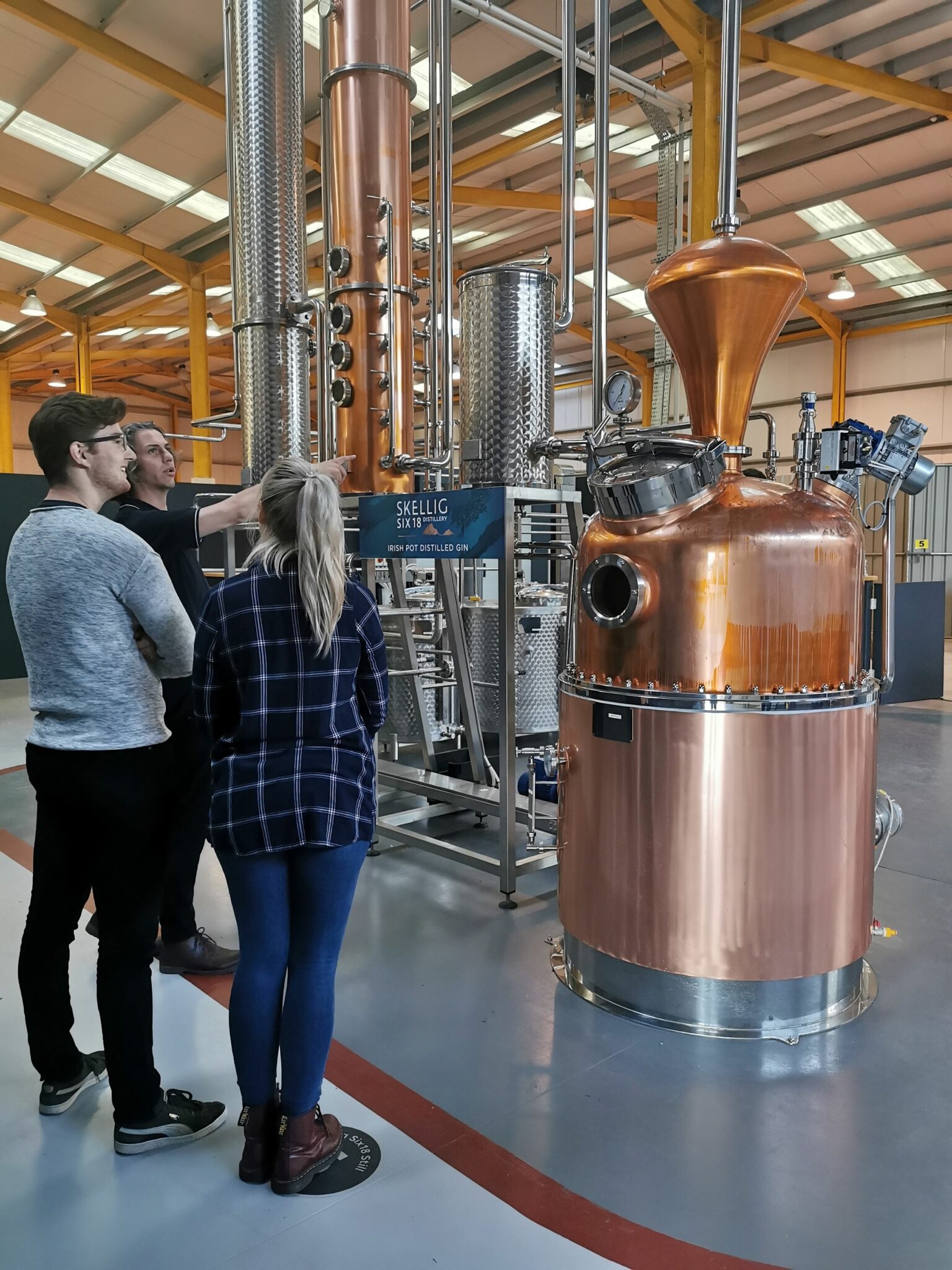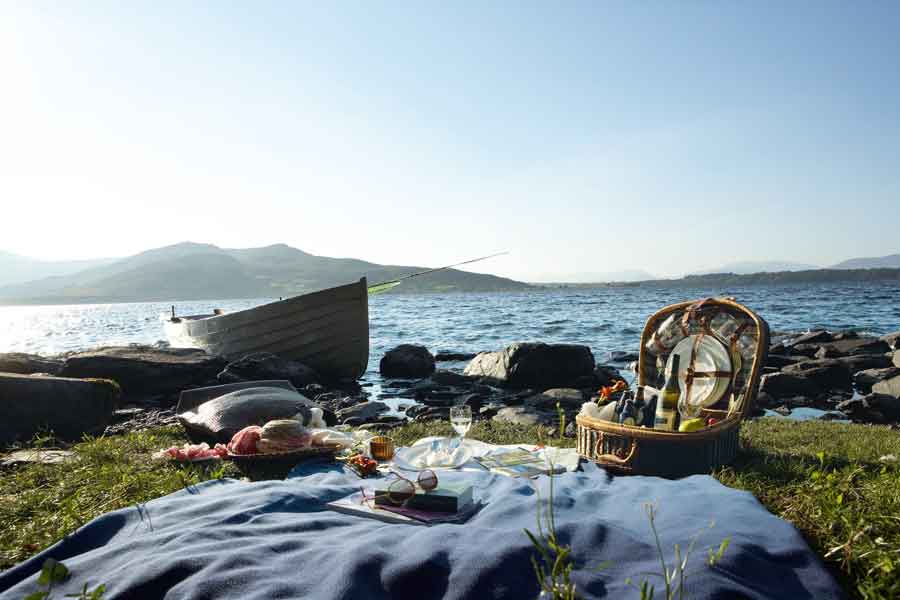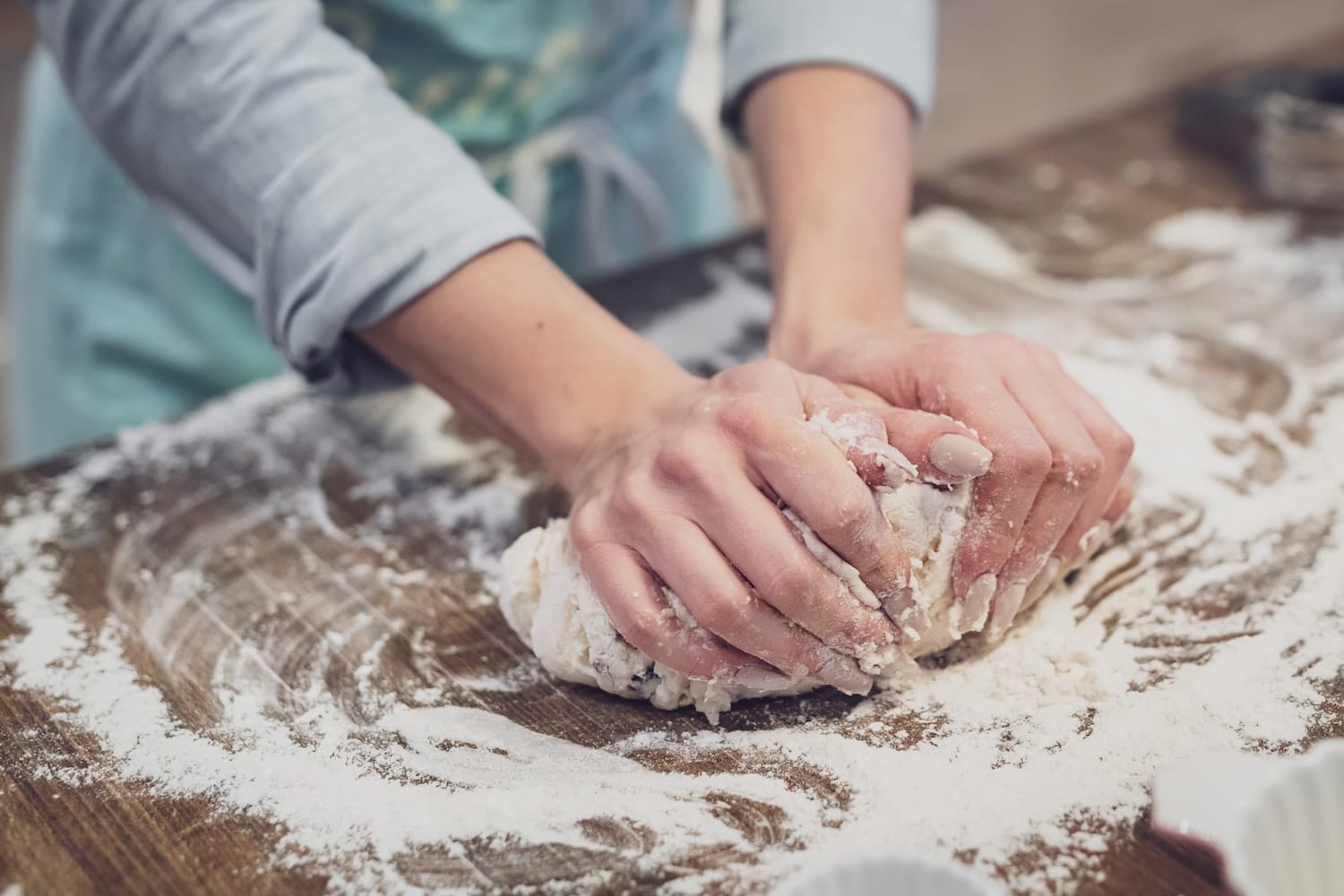Book Tours & immersive culinary experiences
HAND-PICKED FOOD & Drink EXPERIENCES
At the heart of every Good Food Ireland® Experience is a community of passionate farmers, fishers, artisans and chefs who craft authentic Irish flavours with integrity. From local picnics and afternoon teas to guided tours and tastings, each experience connects you to Ireland’s rich food culture. Since 2006, Good Food Ireland® has showcased the stories and authenticity of local producers, offering a truly flavourful journey into Irish cuisine.
Savour Irish hospitality, relax and reconnect with a refined Afternoon Tea. Book your delightful escape today
MEET THE MAKERS
Connect with local farmers and artisans, hear the stories behind Ireland’s rich food heritage
Local cultural guided walking tours to scenic hikes and authentic flavours
COOKERY CLASSES & DEMOS
Master traditional soda bread making to leaning contemporary Irish food recipes
Indulge in an exclusive personalised experience with expert-led adventures.
Feature Experiences
Discover curated, immersive culinary journeys across the island. From farm-to-fork dining to unique food and drink adventures, each experience offers an authentic taste of Ireland’s rich heritage, sustainable practices and local flavours.

Smoked Salmon Tour with Master Smoker
Meet Master Artisan Smoker Graham Roberts, owner of the oldest smokehouse in Connemara
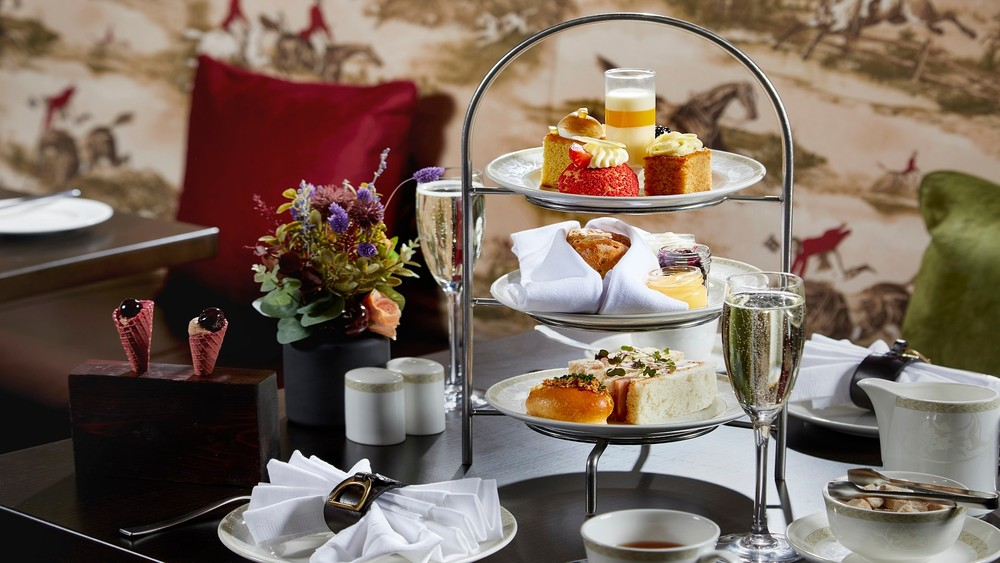
Afternoon Tea at Castle Leslie
Relish in a selection of elegant savouries and homemade sweet treats
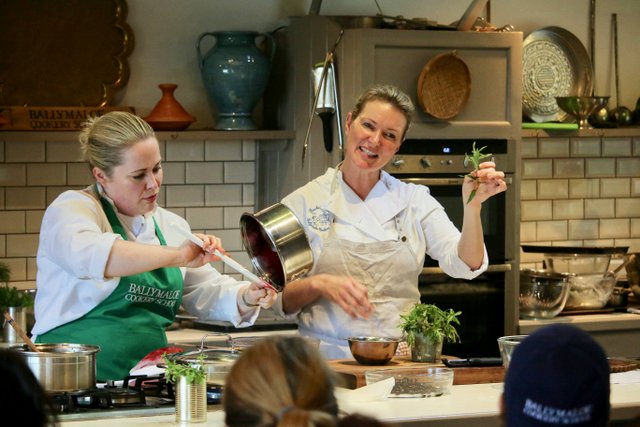
Afternoon Cooking Demo Ballymaloe Cork
3 Hours • Up to 2 People • At renowned Ballymaloe Cookery School

Skellig Six18 Gin & Whiskey Tasting Kerry
From 8 years old • 55 min • Immersive journey into the world of craft gin production
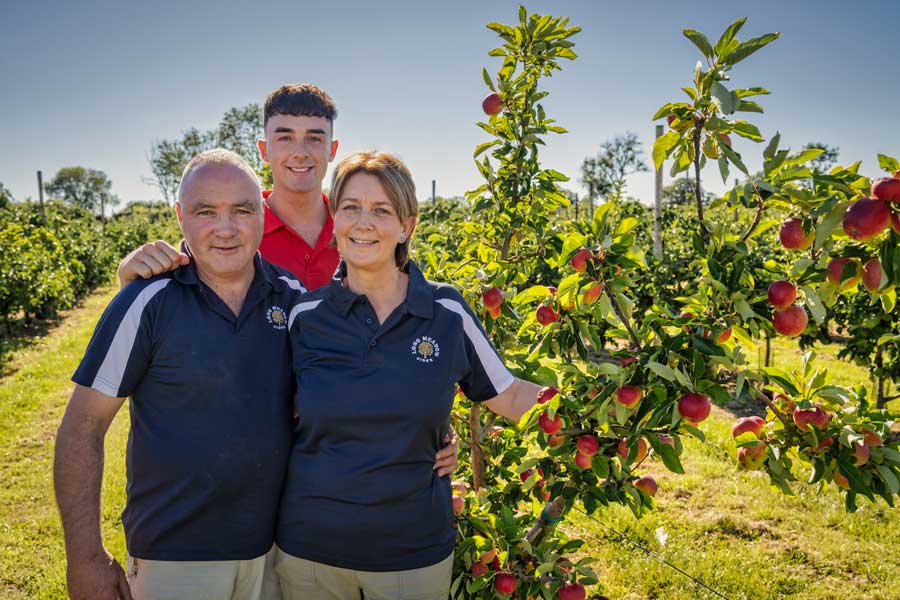
Cider Orchard Tour & Granny’s Bread Making Demo Armagh
From 6 years old • 2h 30 min • Savour the rich tradition and history of the McKeever family farm

Picnic for 2 – Tipperary
Grab a Taste of Tradition, Picnic Packs from Ireland’s Food Champion, Peter Ward
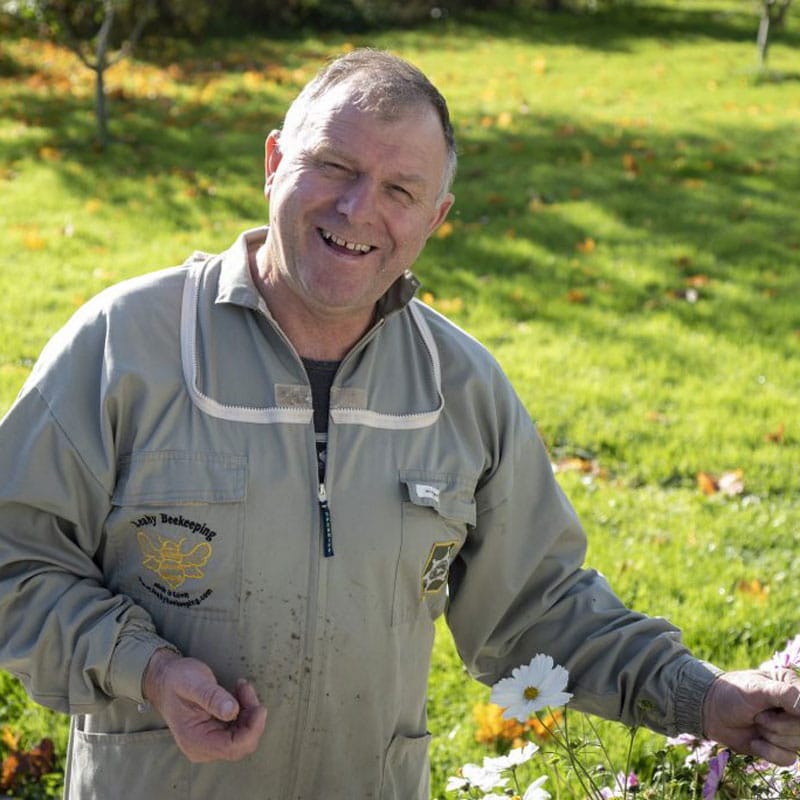
Hands on Beekeeping Tour on Family Farm Galway
From 3 years old • 1h – 4h • Hear 4th generation beekeeper on breath-taking Slieve Aughty Mountains
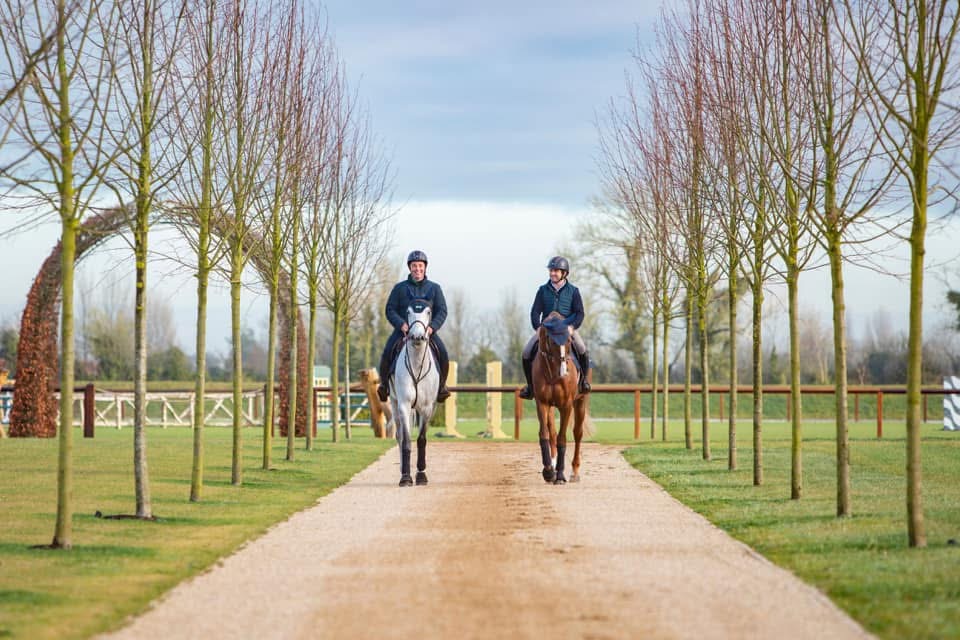
Equine & Culinary Adventure
Experience the perfect blend of Ireland’s rich equine tradition and its vibrant culinary culture. A 2 day private escorted chauffeur driven Good Food Ireland® Tour in partnership with The Irish Horse Board.

Smoked Salmon Tour with Master Smoker
Meet Master Artisan Smoker Graham Roberts, owner of the oldest smokehouse in Connemara

Afternoon Tea at Castle Leslie
Relish in a selection of elegant savouries and homemade sweet treats

Afternoon Cooking Demo Ballymaloe Cork
3 Hours • Up to 2 People • At renowned Ballymaloe Cookery School

Skellig Six18 Gin & Whiskey Tasting Kerry
From 8 years old • 55 min • Immersive journey into the world of craft gin production

Cider Orchard Tour & Granny’s Bread Making Demo Armagh
From 6 years old • 2h 30 min • Savour the rich tradition and history of the McKeever family farm

Picnic for 2 – Tipperary
Grab a Taste of Tradition, Picnic Packs from Ireland’s Food Champion, Peter Ward

Hands on Beekeeping Tour on Family Farm Galway
From 3 years old • 1h – 4h • Hear 4th generation beekeeper on breath-taking Slieve Aughty Mountains

Equine & Culinary Adventure
Experience the perfect blend of Ireland’s rich equine tradition and its vibrant culinary culture. A 2 day private escorted chauffeur driven Good Food Ireland® Tour in partnership with The Irish Horse Board.
our
Testimonials
Our travellers from around the world share their unforgettable experiences. From exploring hidden food gems to connecting with passionate local producers, each journey offers a deep dive into Ireland’s rich culinary heritage.

“An unforgettable culinary experience! I loved meeting passionate local producers and enjoying authentic farm-to-fork dining. A must for anyone wanting to explore Ireland’s vibrant food scene!”
Renee Johnson,
USA

“It took me off the beaten path, from secret family farms to hidden food gems, I experienced flavours and stories I never expected. It wasn’t just a tour; it was a deep dive into the land, the people and the traditions that make Irish food so extraordinary. A truly unforgettable experience!”
Christian Meyer,
Germany

“I got a completely fresh perspective on Irish food. The experiences felt so personal and I was connected to the land and the people in a way I never imagined. An authentic, immersive experience I’ll never forget!”
Sarah Ingham,
UK

“An unforgettable culinary experience! I loved meeting passionate local producers and enjoying authentic farm-to-fork dining. A must for anyone wanting to explore Ireland’s vibrant food scene!”
Renee Johnson,
USA

“It took me off the beaten path, from secret family farms to hidden food gems, I experienced flavours and stories I never expected. It wasn’t just a tour; it was a deep dive into the land, the people and the traditions that make Irish food so extraordinary. A truly unforgettable experience!”
Christian Meyer,
Germany

“I got a completely fresh perspective on Irish food. The experiences felt so personal and I was connected to the land and the people in a way I never imagined. An authentic, immersive experience I’ll never forget!”
Sarah Ingham,
UK
Popular Destinations
Explore Ireland’s most iconic destinations, from the breathtaking Wild Atlantic Way to the historic Ancient East, each offering a unique backdrop for unforgettable culinary experiences.
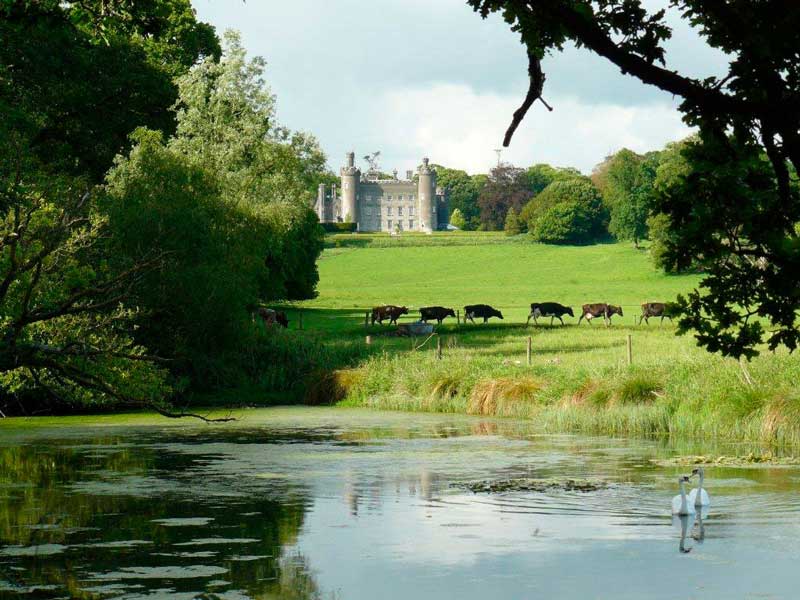
Ireland’s Hidden Heartlands
Unspoiled landscapes, deep rooted farming traditions, slower paced, rural charm and off-the-beaten-path experiences
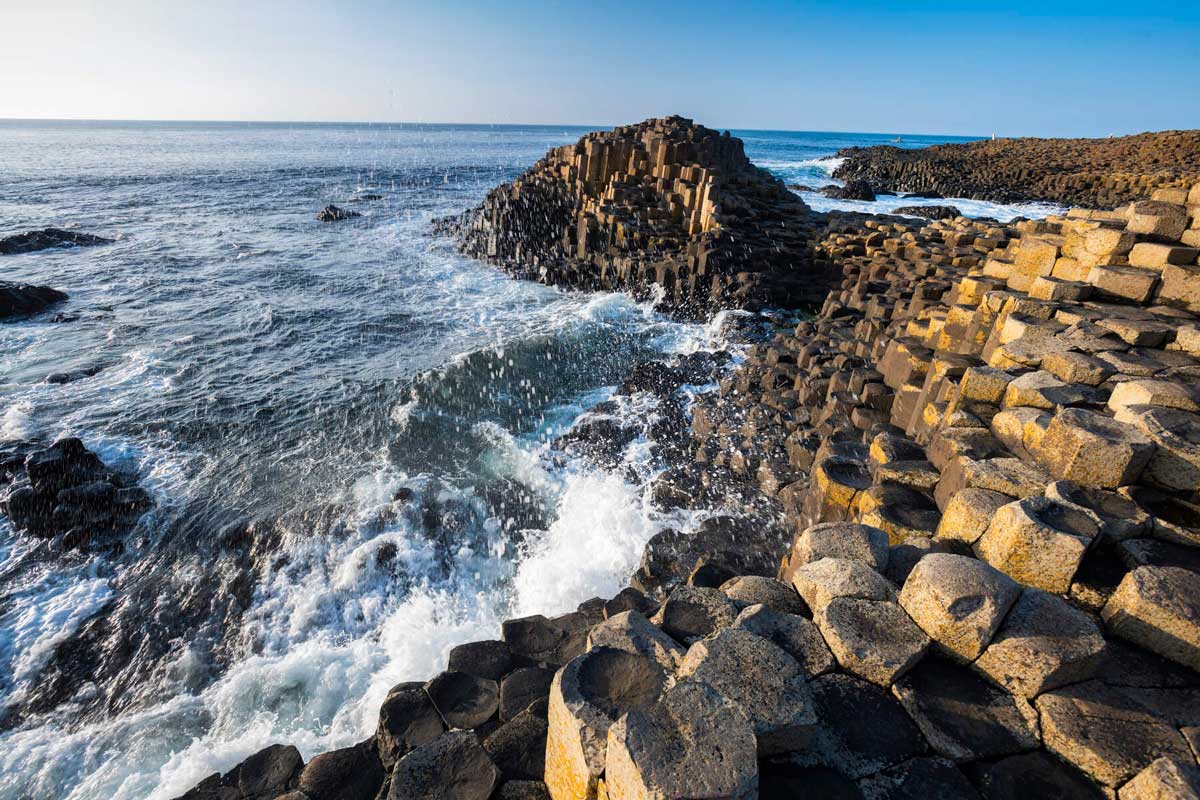
Northern Ireland
From the legendary Ulster Fry to Griddle Bread, taste the unique traditions of Northern Ireland

Ireland’s Ancient East
Time honoured history and centuries old farming traditions helped shape the region’s rich food and drink culture.

Dublin
From perfectly poured pints in cozy pubs, to modern Irish cuisine and whisky trails, discover Dublin’s vibrant food scene.
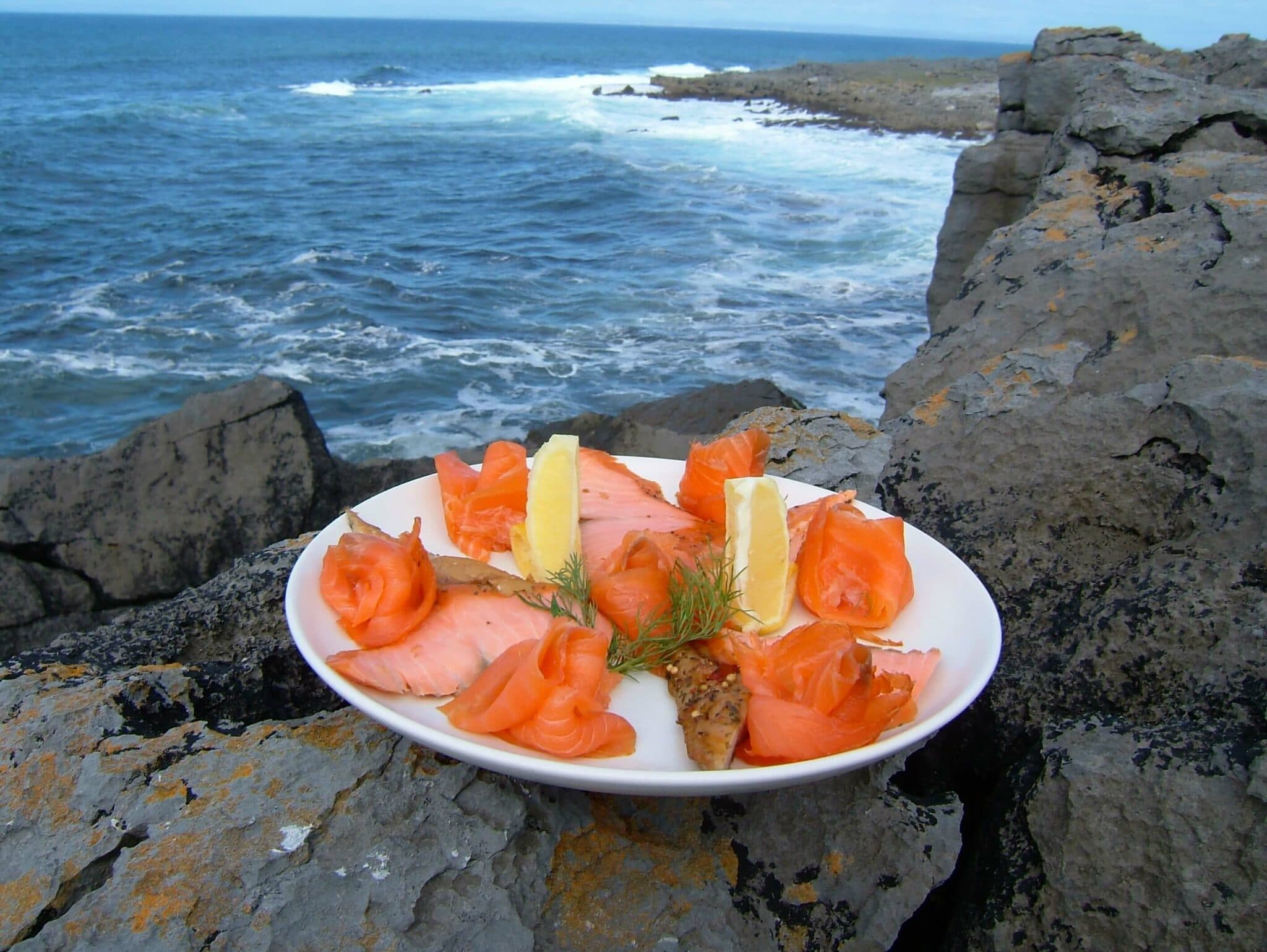
Wild Atlantic Way
From the freshest seafood hauled straight from the roaring Atlantic to buttery soda bread, the seascape has shaped a way of life
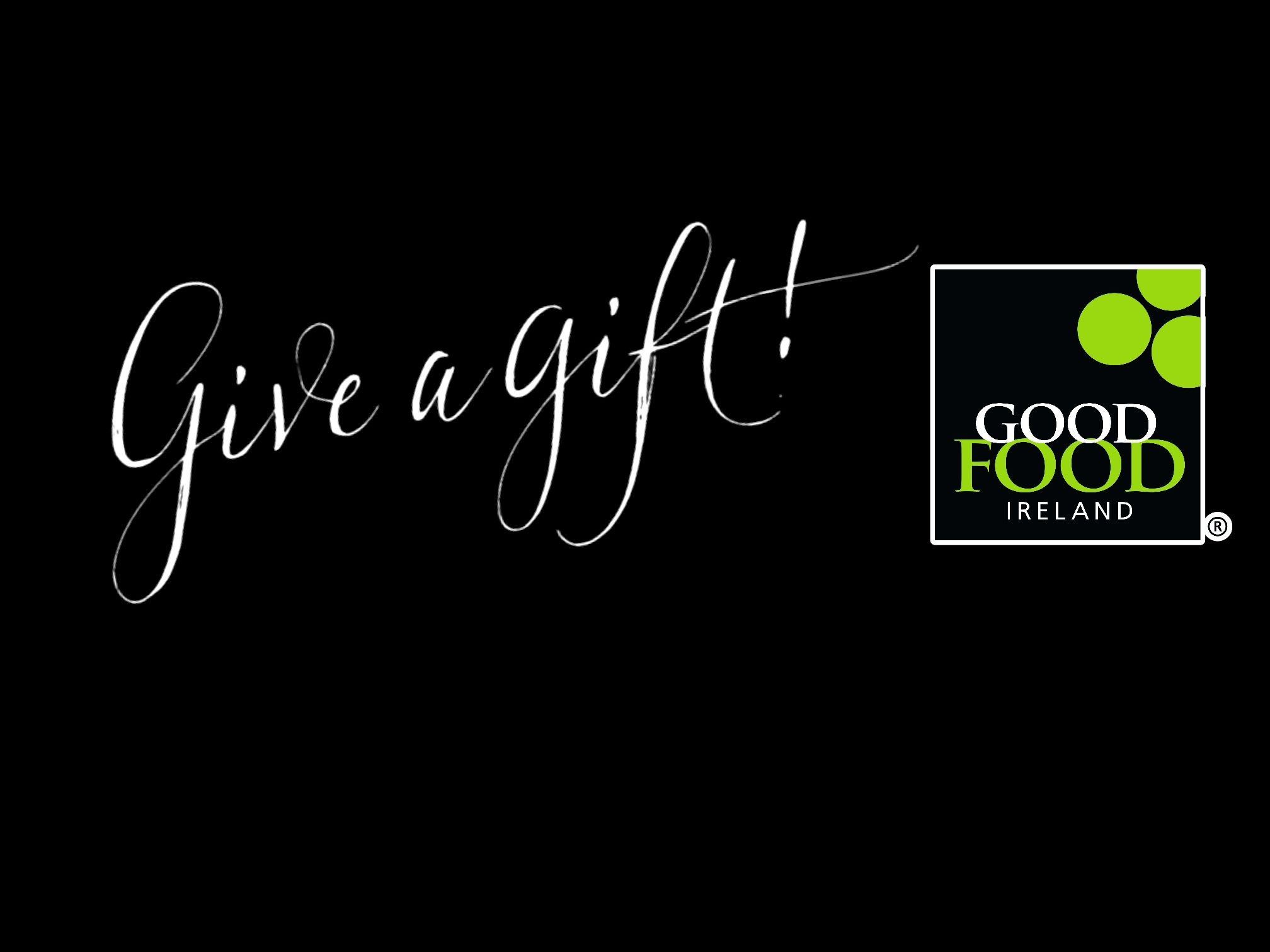
Gift Card
Gift Card – Have friends or family travelling in Ireland? Send them on a culinary adventure

Experience 4
Lorem ipsum dolor sit amet, consectetur adipiscing elit. Ut elit tellus, luctus nec ullamcorper mattis, pulvinar dapibus leo.
Why Book With Us?
UNIQUE
Trusted All Island Food and Drink Experiences. Established in 2006, Good Food Ireland® was a trailblazer in highlighting the significance of food in Ireland's culture and traditions. Today, it stands as the island's exclusive global community dedicated to shared food and drink experiences.
OUR MISSION
Our mission is to inspire people to explore Irish ingredients and local food and drink experiences. Taste the distinct flavours of Ireland's local produce and embrace meaningful moments rooted in tradition and cultural discovery. We believe that now, more than ever, connecting with Ireland's food and its people is a truly valuable experience.
AUTHENTIC FLAVOURS
We offer access to hand-picked, locally-driven food and drink experiences. From exploring the vibrant local food scene to meeting the passionate farmers, producers and chefs who bring these flavours to life, each experience is designed to give you a genuine taste of the island's culinary heritage.
SUPPORTING LOCAL, SUSTAINABLY
We are committed to sustainable food travel, supporting Ireland’s farmers, food producers and fishermen. By booking an experience with us, you’re not only enjoying authentic local food, but also helping to ensure the future livelihoods of Ireland’s food communities and preserving its culinary traditions for generations to come.
SUBSCRIBE TO OUR DELICIOUS
News  letter
letter

Smoked Salmon Tour with Master Smoker
Meet Master Artisan Smoker Graham Roberts, owner of the oldest smokehouse in Connemara

Afternoon Tea at Castle Leslie
Relish in a selection of elegant savouries and homemade sweet treats

Afternoon Cooking Demo Ballymaloe Cork
3 Hours • Up to 2 People • At renowned Ballymaloe Cookery School

Skellig Six18 Gin & Whiskey Tasting Kerry
From 8 years old • 55 min • Immersive journey into the world of craft gin production

Cider Orchard Tour & Granny’s Bread Making Demo Armagh
From 6 years old • 2h 30 min • Savour the rich tradition and history of the McKeever family farm

Picnic for 2 – Tipperary
Grab a Taste of Tradition, Picnic Packs from Ireland’s Food Champion, Peter Ward

Hands on Beekeeping Tour on Family Farm Galway
From 3 years old • 1h – 4h • Hear 4th generation beekeeper on breath-taking Slieve Aughty Mountains

Equine & Culinary Adventure
Experience the perfect blend of Ireland’s rich equine tradition and its vibrant culinary culture. A 2 day private escorted chauffeur driven Good Food Ireland® Tour in partnership with The Irish Horse Board.

“An unforgettable culinary experience! I loved meeting passionate local producers and enjoying authentic farm-to-fork dining. A must for anyone wanting to explore Ireland’s vibrant food scene!”
Renee Johnson,
USA

“It took me off the beaten path, from secret family farms to hidden food gems, I experienced flavours and stories I never expected. It wasn’t just a tour; it was a deep dive into the land, the people and the traditions that make Irish food so extraordinary. A truly unforgettable experience!”
Christian Meyer,
Germany

“I got a completely fresh perspective on Irish food. The experiences felt so personal and I was connected to the land and the people in a way I never imagined. An authentic, immersive experience I’ll never forget!”
Sarah Ingham,
UK

Experience 4
Lorem ipsum dolor sit amet, consectetur adipiscing elit. Ut elit tellus, luctus nec ullamcorper mattis, pulvinar dapibus leo.

Experience 4
Lorem ipsum dolor sit amet, consectetur adipiscing elit. Ut elit tellus, luctus nec ullamcorper mattis, pulvinar dapibus leo.

Smoked Salmon Tour with Master Smoker
Meet Master Artisan Smoker Graham Roberts, owner of the oldest smokehouse in Connemara

Afternoon Tea at Castle Leslie
Relish in a selection of elegant savouries and homemade sweet treats

Afternoon Cooking Demo Ballymaloe Cork
3 Hours • Up to 2 People • At renowned Ballymaloe Cookery School

Skellig Six18 Gin & Whiskey Tasting Kerry
From 8 years old • 55 min • Immersive journey into the world of craft gin production

Cider Orchard Tour & Granny’s Bread Making Demo Armagh
From 6 years old • 2h 30 min • Savour the rich tradition and history of the McKeever family farm

Picnic for 2 – Tipperary
Grab a Taste of Tradition, Picnic Packs from Ireland’s Food Champion, Peter Ward

Hands on Beekeeping Tour on Family Farm Galway
From 3 years old • 1h – 4h • Hear 4th generation beekeeper on breath-taking Slieve Aughty Mountains

Equine & Culinary Adventure
Experience the perfect blend of Ireland’s rich equine tradition and its vibrant culinary culture. A 2 day private escorted chauffeur driven Good Food Ireland® Tour in partnership with The Irish Horse Board.

“An unforgettable culinary experience! I loved meeting passionate local producers and enjoying authentic farm-to-fork dining. A must for anyone wanting to explore Ireland’s vibrant food scene!”
Renee Johnson,
USA

“It took me off the beaten path, from secret family farms to hidden food gems, I experienced flavours and stories I never expected. It wasn’t just a tour; it was a deep dive into the land, the people and the traditions that make Irish food so extraordinary. A truly unforgettable experience!”
Christian Meyer,
Germany

“I got a completely fresh perspective on Irish food. The experiences felt so personal and I was connected to the land and the people in a way I never imagined. An authentic, immersive experience I’ll never forget!”
Sarah Ingham,
UK

Experience 4
Lorem ipsum dolor sit amet, consectetur adipiscing elit. Ut elit tellus, luctus nec ullamcorper mattis, pulvinar dapibus leo.

Experience 4
Lorem ipsum dolor sit amet, consectetur adipiscing elit. Ut elit tellus, luctus nec ullamcorper mattis, pulvinar dapibus leo.

Smoked Salmon Tour with Master Smoker
Meet Master Artisan Smoker Graham Roberts, owner of the oldest smokehouse in Connemara

Afternoon Tea at Castle Leslie
Relish in a selection of elegant savouries and homemade sweet treats

Afternoon Cooking Demo Ballymaloe Cork
3 Hours • Up to 2 People • At renowned Ballymaloe Cookery School

Skellig Six18 Gin & Whiskey Tasting Kerry
From 8 years old • 55 min • Immersive journey into the world of craft gin production

Cider Orchard Tour & Granny’s Bread Making Demo Armagh
From 6 years old • 2h 30 min • Savour the rich tradition and history of the McKeever family farm

Picnic for 2 – Tipperary
Grab a Taste of Tradition, Picnic Packs from Ireland’s Food Champion, Peter Ward

Hands on Beekeeping Tour on Family Farm Galway
From 3 years old • 1h – 4h • Hear 4th generation beekeeper on breath-taking Slieve Aughty Mountains

Equine & Culinary Adventure
Experience the perfect blend of Ireland’s rich equine tradition and its vibrant culinary culture. A 2 day private escorted chauffeur driven Good Food Ireland® Tour in partnership with The Irish Horse Board.

“An unforgettable culinary experience! I loved meeting passionate local producers and enjoying authentic farm-to-fork dining. A must for anyone wanting to explore Ireland’s vibrant food scene!”
Renee Johnson,
USA

“It took me off the beaten path, from secret family farms to hidden food gems, I experienced flavours and stories I never expected. It wasn’t just a tour; it was a deep dive into the land, the people and the traditions that make Irish food so extraordinary. A truly unforgettable experience!”
Christian Meyer,
Germany

“I got a completely fresh perspective on Irish food. The experiences felt so personal and I was connected to the land and the people in a way I never imagined. An authentic, immersive experience I’ll never forget!”
Sarah Ingham,
UK

Experience 4
Lorem ipsum dolor sit amet, consectetur adipiscing elit. Ut elit tellus, luctus nec ullamcorper mattis, pulvinar dapibus leo.

Experience 4
Lorem ipsum dolor sit amet, consectetur adipiscing elit. Ut elit tellus, luctus nec ullamcorper mattis, pulvinar dapibus leo.
